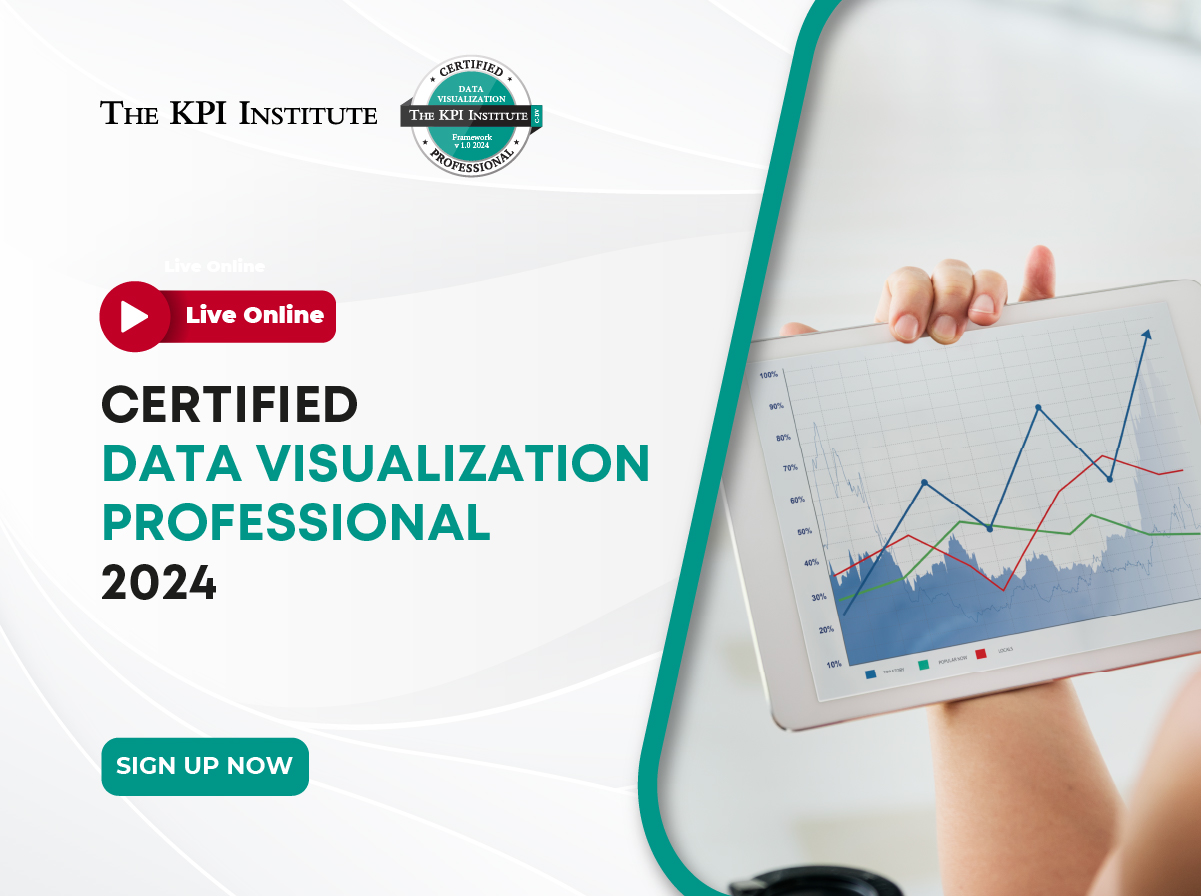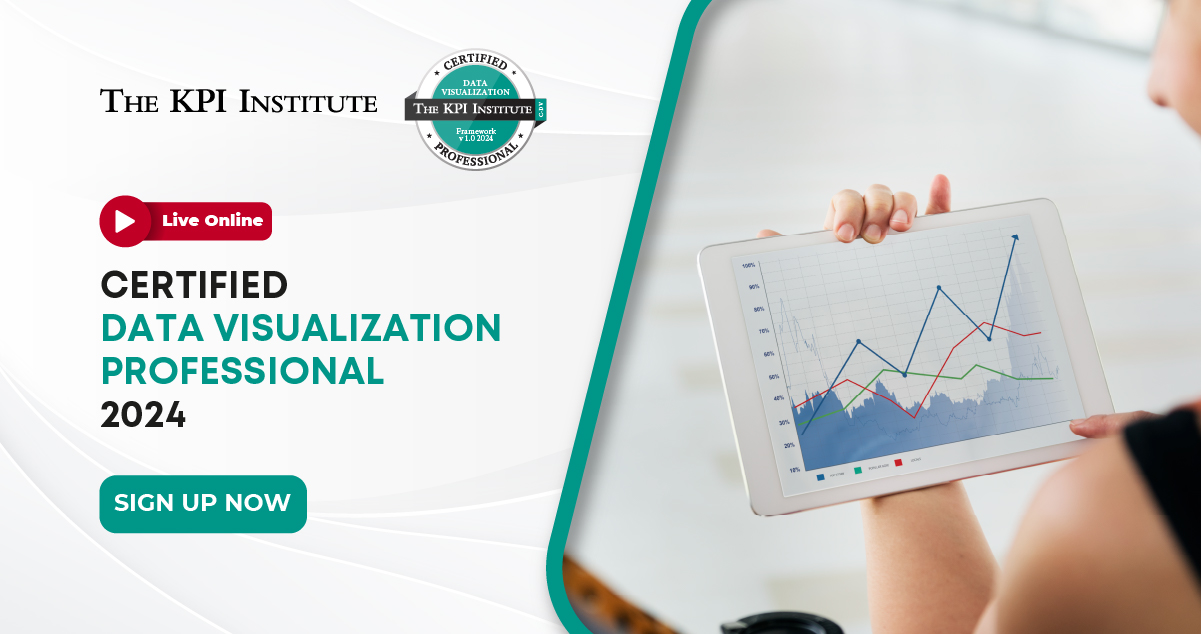
Certified Data Visualization Professional: unveil the meaning behind numbers
August 7th, 2024 Posted by Kimberly Tilar Certification 0 thoughts on “Certified Data Visualization Professional: unveil the meaning behind numbers”
Is data analytics in your organization struggling to make an impact on decision making and lead the road for better results? You are not alone. Only 26.5% of responding companies in the 2022 Big Data and AI Executive survey reported themselves as having successfully transformed into data-driven organizations. Over 90% of executives saw the greatest barrier against being data-driven is the organization’s culture and employees’ skills.
The set of skills that is crucial for data-driven transformation lies under the umbrella of data literacy, which 82% of managers expect all employees to have, according to another survey by Forrester. Yet, only 40% of employees say they are provided with the data skills they are expected to have.
One of the main ways of cutting through this data literacy gap and initiating its development within an organization is to implement good data visualization practices. To inform, persuade and engage employees and managers at different levels, nothing is better than transforming cold numbers into well-crafted visuals presented in the proper context.
Implementing good data visualization practices is the main goal of the Certified Data Visualization Professional course of The KPI Institute.
Course overview
This course will improve communication within your company through visual displays. Through practical applications, you will learn how to communicate visually in an effective way and how to increase reporting efficiency, leading to a better understanding of the presented data, and thus, to smarter and quicker strategic decisions.
The course approaches its goal of helping organizations implement optimal data visualization practices through ensuring that participants are able to:
- Identify data visualization fundamentals and best practices
- Apply data reporting principles in business settings
- Generate optimal graphs, data presentations, dashboards and BSCs, using Microsoft Excel, PowerPoint and PowerBI
- Acquire the ability to critique data visualizations based on well-established concepts and assessments
Benefits and importance
By becoming a Certified Data Visualization Professional, you will gain a wide range of benefits that include:
- Receiving relevant guidance for developing visual representations in order to discover, understand and communicate information
- Creating better and more relevant reports by understanding the fundamental concepts in data visualization
- Offering intelligible data sets to decision-making parties through creating excellent graphical representations
- Improving your performance in presenting data and enhance viewer experience
- Gaining access to a wide variety of templates, toolkits and resources developed by The KPI Institute
- Obtaining 40 CPD credits to include in your CPD records for your professional body, institute, regulator or employer
Course structure and methodology
The course encompasses a three-stage educational process with an expected duration of 40 hours:
- Pre-course stage: This stage ensures a seamless transition into the training program. You will evaluate your current skills, join an interactive online forum, and understand the groundwork for a collaborative learning journey.
- Core-course stage: Participants can choose between attending live online sessions or engaging in face-to-face interactions. They will engage in experiential learning and a high level of interactivity, complete their Individual Learning Maps, and take the certification exam.
- After-course stage: You will be a part of thought-provoking forum discussions and explore additional readings. You will be able to create an actionable plan based on your organization’s needs.
Course syllabus
The core course comprises 11 learning modules:
- Data visualization parameters
- Data collection and preparation
- Visual communication channels
- Visualization structure
- Visualization format
- Visualization expression
- Pivot charts in Excel
- Data presentations in PowerPoint and Excel
- Dashboards in Excel and PowerBI
- Scorecards in Excel
- Visualization assessment
Flexible learning options
The KPI Institute offers this course in both face-to-face and live training formats, scheduled around the year to accommodate different format and time preferences.
Certification and recognition
Upon completion, participants will receive the following certificates (soft copy):
- Certificate of Attendance: for course sessions participation
- Certificate of Completion: after fulfilling pre-course activities and passing the Certification Exam
- Certified Professional Diploma: upon successfully completing all three stages of the learning experience and once the full payment has been received by the contractor
- CPD Certificate of Attendance: provided once you achieve Professional Status
Don’t you think it’s time for your organization to leverage its data insights for greater impact? Become a Certified Data Visualization Professional. Enroll today and invite your colleagues!





